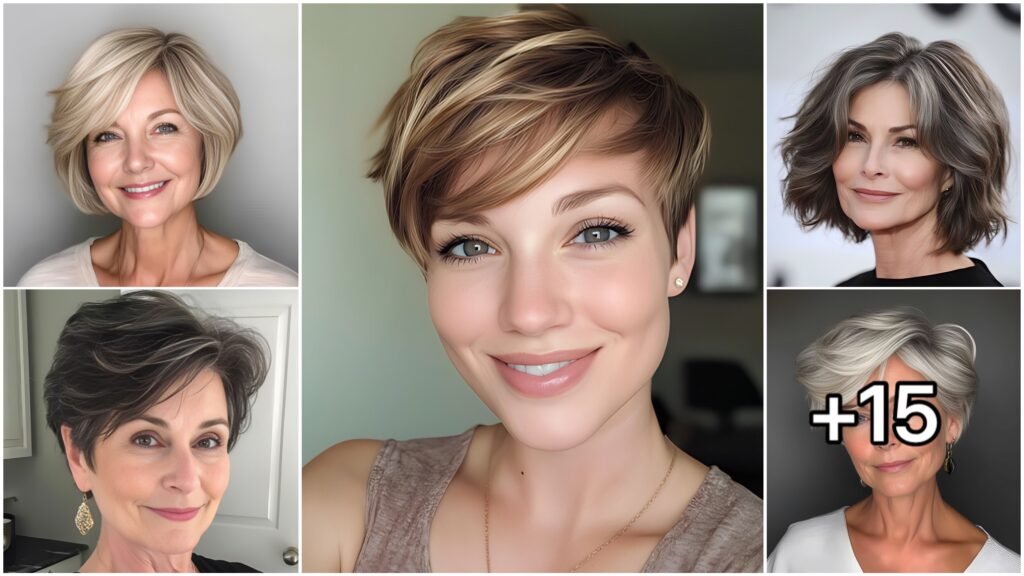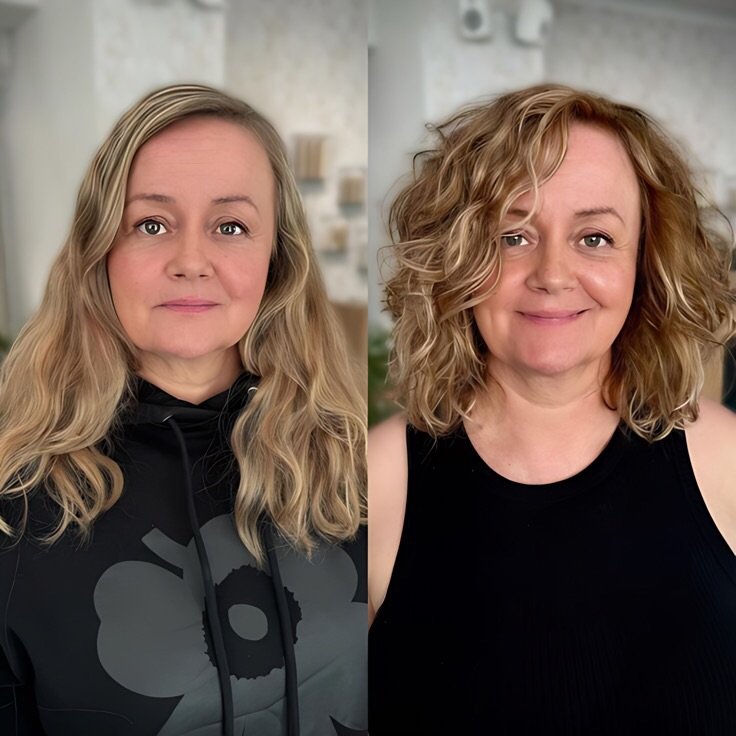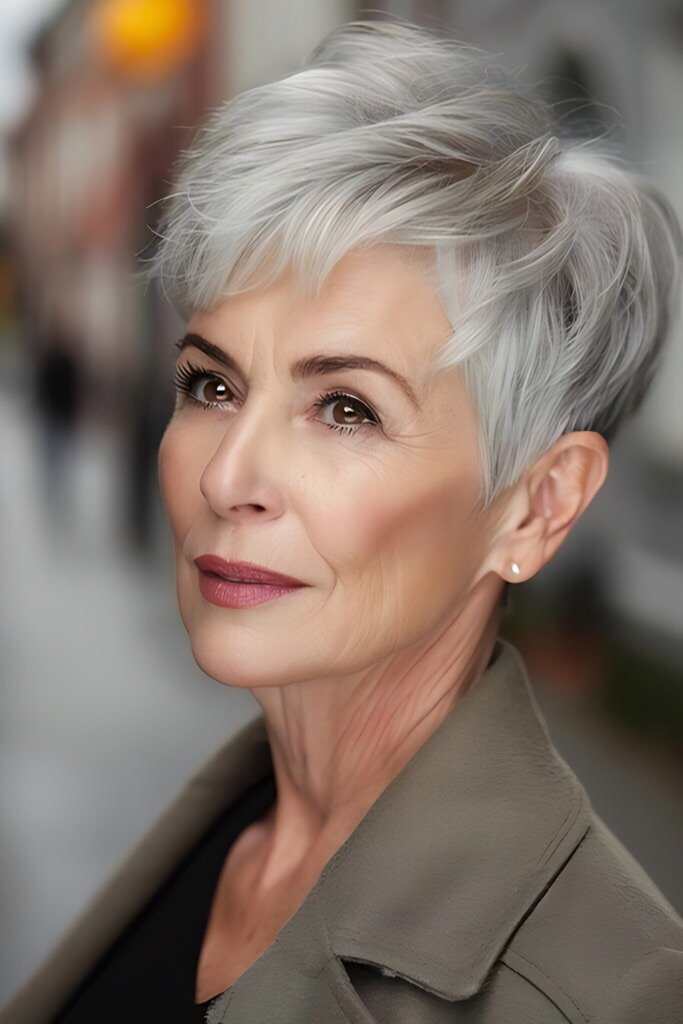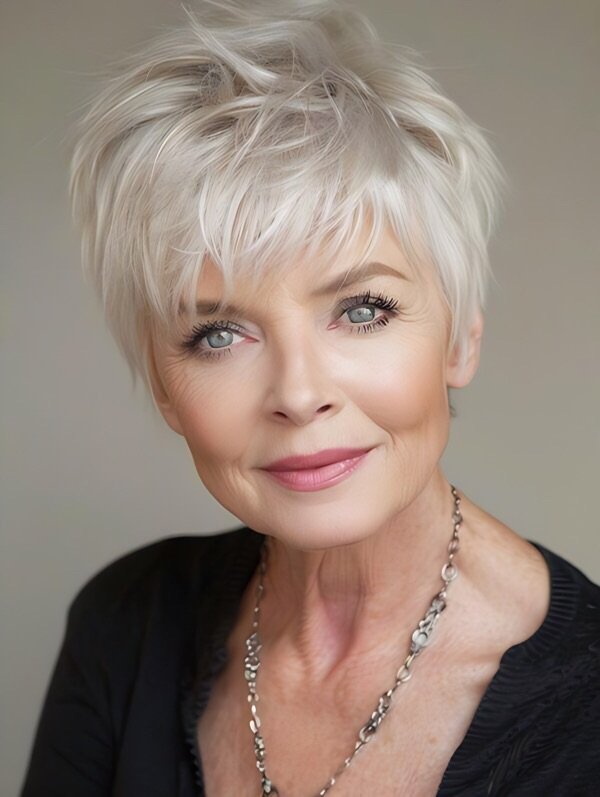Breaking News


Popular News







Enter your email address below and subscribe to our newsletter


For many women, hair is more than just strands growing out of the scalp—it’s a statement, a form of self-expression, and often, a source of confidence. But what happens when you decide to skip haircuts for two whole years? Whether you’re growing out your locks, embracing a low-maintenance routine, or simply curious about the long-term effects of avoiding the salon, the journey of untouched hair is both fascinating and complex. From surprising growth patterns to unexpected challenges, letting your hair grow freely for an extended period can lead to dramatic transformations—some beautiful, some not so much.

In this deep dive, we’ll explore every aspect of what happens when you don’t cut your hair for two years. We’ll cover the science behind hair growth, the potential pitfalls of skipping trims, and the best ways to care for your hair during this period. Whether you’re considering a long-term grow-out or just want to understand how your hair behaves over time, this guide will provide all the answers—and maybe even inspire your next hair adventure.

Hair growth isn’t an infinite process—it follows a natural cycle that determines its maximum potential length. On average, hair grows about half an inch (1.25 cm) per month, which translates to roughly 6 inches (15 cm) per year. This means that in two years, your hair could grow around 12 inches (30 cm), depending on genetics, health, and care.
However, not all hair grows at the same rate. Factors like age, diet, hormones, and even seasonal changes can influence growth speed. Additionally, each hair strand has a life cycle consisting of three phases:

Since not all hairs are in the same phase at once, you won’t suddenly wake up with Rapunzel-length locks at the two-year mark. Instead, your hair will gradually gain length while shedding older strands naturally.

One of the biggest perks of skipping haircuts is the freedom to experiment with longer styles. From waist-length waves to intricate braids and updos, extended growth opens up a world of styling possibilities. Many women find that their hair becomes more versatile, allowing them to switch between sleek ponytails, voluminous curls, and elegant buns effortlessly.

If you’ve previously dealt with frequent trims or heat damage, giving your hair a break from scissors can initially make the ends appear thicker. Since you’re not cutting off any length, the hair retains a more uniform look—at least for the first year.
Without regular cuts shaping your hair, you’ll get a true sense of its natural texture. Curly-haired women may notice more defined ringlets, while straight-haired individuals might see increased weight pulling their strands downward. This can be a great opportunity to learn how to care for your hair in its most authentic state.

The most common issue with avoiding trims is split ends. Over time, untreated splits travel up the hair shaft, leading to frizz, tangles, and breakage. What starts as minor damage can escalate into widespread thinning, forcing you to eventually cut off more length than you’d like.
Even if your roots are healthy, the ends of your hair may start to look sparse after two years. Without occasional trims to remove weak strands, the oldest parts of your hair become fragile and prone to snapping, resulting in a see-through, wispy appearance.

Longer hair is more susceptible to knots, especially if it’s fine or curly. Without regular maintenance, you might find yourself battling dreadlock-like tangles near the nape of your neck or behind your ears. This can lead to painful detangling sessions and even hair loss from excessive pulling.
Ironically, neglecting trims can slow down growth. When split ends are left unchecked, they cause breakage that makes it seem like your hair isn’t growing—when in reality, it’s just breaking off at the same rate it’s growing.

If you started with a haircut that had layers or an asymmetrical shape, two years of growth can leave you with awkward, uneven lengths. Some sections may grow faster than others, resulting in a choppy, unkempt look rather than a sleek, flowing mane.
Extremely long hair can put stress on your scalp, leading to tension headaches or even traction alopecia (hair loss caused by constant pulling). Women with thick, heavy hair may notice more shedding due to the sheer weight of their strands.
Long hair demands more time, products, and effort to keep it healthy. You’ll need to invest in deep conditioners, leave-in treatments, and protective styles to prevent damage. Sleep becomes a strategic endeavor—silk pillowcases and loose braids are a must to avoid nighttime breakage.

If you’re committed to the no-cut challenge, these tips will help you maintain healthy hair over two years:
Long hair is prone to dryness, especially at the ends. Use hydrating masks, oils (like argan or jojoba), and leave-in conditioners to keep strands supple.

Always use a wide-tooth comb or detangling brush on wet hair, starting from the ends and working upward. Never rip through knots—it causes irreversible damage.
Reduce daily wear and tear by wearing braids, buns, or silk-wrapped styles that minimize friction and environmental damage.
If split ends become unmanageable, consider dusting (micro-trimming) to remove damage without sacrificing length.

The decision to forgo haircuts for two years depends on your hair type, goals, and willingness to maintain it. While some women thrive with long, untouched locks, others find that occasional trims are necessary to keep their hair looking its best.
If you’re up for the challenge, prepare for a journey of patience, extra care, and surprising discoveries about your hair’s natural behavior. But if you value thickness, ease, and polished ends, scheduling light trims every 6-12 months might be a better route.
Ultimately, your hair’s health and happiness matter most—whether that means embracing wild, untamed growth or keeping it neatly maintained. The choice is yours!
Would you ever try going two years without a haircut? Share your thoughts in the comments!